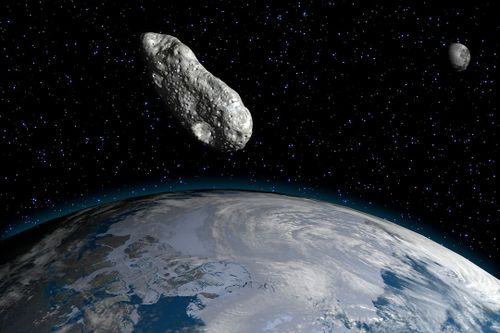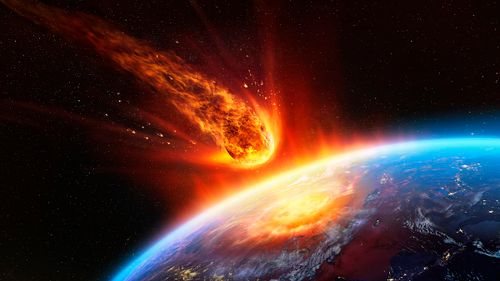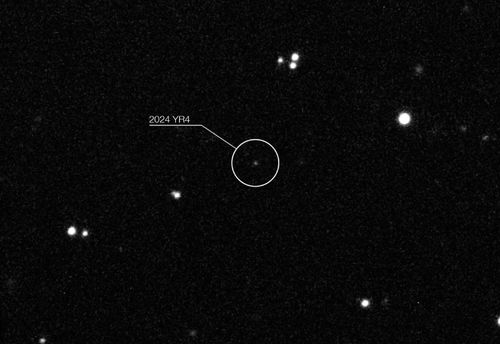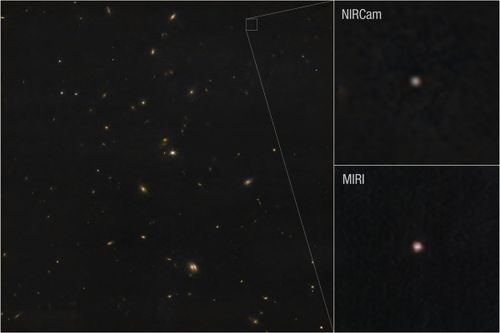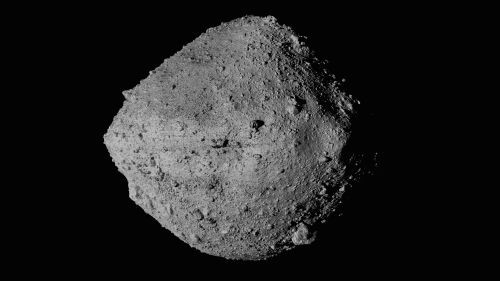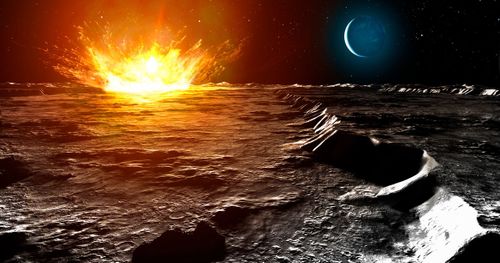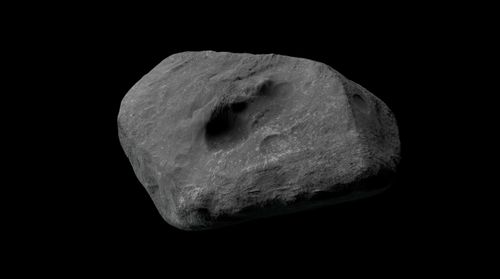Asteroid feared would hit Earth may now obliterate the Moon instead, claims NASA

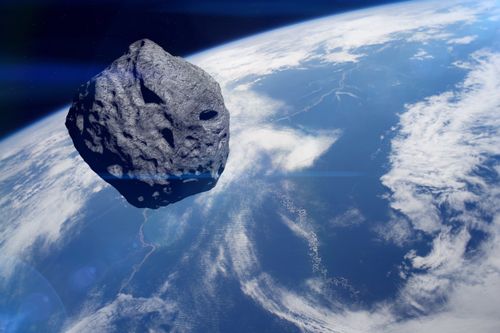
NASA is monitoring a plane-sized asteroid expected to whiz past the Earth today at a speed of around 45,991 miles per hour. The space rock known as "2025 GH," is estimated to be about 120 feet across, and will make its closest approach to Earth at a distance of 562,000 miles, as reported by NASA's Jet Propulsion Laboratory (JPL). 2025 GH is part of a series of near-Earth approaches currently being closely monitored by scientists. Four other asteroids will be zipping past our planet today, include three plane-sized space rocks and a bus-sized one, all of them over three million miles away from us. Asteroids zoom past the Earth all the time, and they're usually no cause of concern. However, a small portion of them, particularly those measuring over 460 feet across, are classified as potentially hazardous asteroids (PHAs), and are therefore closely monitored by NASA.
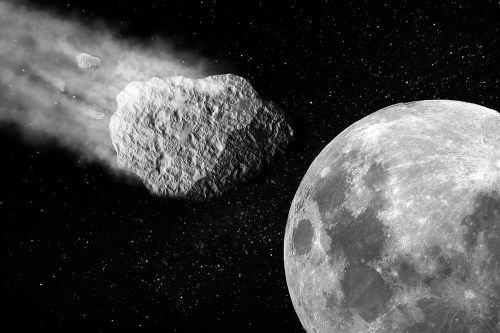
Late last year, a newly discovered asteroid caused quite a stir when initial observations revealed a greater than 1% chance that it would strike the Earth in 2032. The medium-sized asteroid, dubbed 2024 YR4, makes a close approach with the Earth approximately every four years, and each time there’s an opportunity for impact. Astronomers knew it would make a clean pass in 2028, but where it would end up four years later was less clear. For a moment, it looked like we might be in store for a cosmic fight akin to Asteroid vs Earth (streaming now on Peacock). Since then, additional observations, including some new pictures from the James Webb Space Telescope (JWST), more clearly defined its actual orbit and determined there is essentially zero chance 2024 YR4 will impact the Earth in the foreseeable future. However, at least some of its potential paths still intersect the Moon, which means we might be witness to an incredible lunar asteroid strike early next decade.
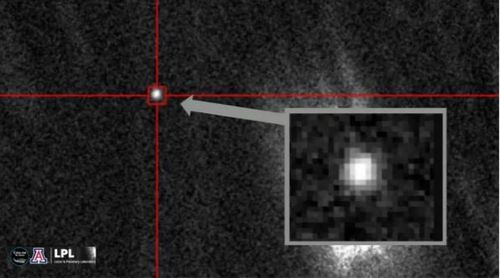
The good news is that we know the asteroid has a very low chance of striking the Earth after NASA's update in late February. But concerningly, the latest calculations of the odds of it striking the Moon on December 22, 2032 continue to rise. They jumped from a 1-in-59 chance in late February to a 1-in-26 chance in early April, based on observations by NASA's James Webb Space Telescope. And the asteroid is even bigger than it was initially calculated, according to a recent NASA update. JWST observations suggest that it measures between 174-220 feet in diameter - roughly the size of a 10-story building. This is a jump from its previous size estimate of 131-295 feet. “At this writing, a 2032 impact with the Moon has not been ruled out,” wrote lead author Andy Rivkin from Johns Hopkins University in a new study. NASA reassured that although the probability remains low - at over 96 per cent chance of a miss - the scenario is under close observation. The next opportunity for close tracking will be in early 2026, experts said. If the asteroid collides with the Moon, Earth will reportedly be largely unaffected. "There is the possibility this would eject some material back out that could hit the Earth, but I highly doubt it would cause any major threat," David Rankin, operations engineer for the University of Arizona's Catalina Sky Survey, told the New Scientist in February. But he added that the collision would likely be "very visible" from Earth.

